Description
All CIP-washes are arranged according to the same principle and have a common scheme of operation. Rinsing occurs by pumping special cleaning solutions through all the equipment, then rinsing with a disinfectant solution, clean water or steam treatment, after which the waste liquids are drained into the sewer. Each solution has its own container and preparation system. During the washing process, the temperature and concentration of solutions, as well as various other parameters of the installation, are controlled.
A properly built system allows you to produce high-quality and safe products, significantly reducing the cost of washing food equipment. Depending on the equipment level of the CIP-wash, washing of technological lines is possible in manual, semi-automatic and automatic modes.
For the convenience of tying, installation, maintenance and connection to highways, as a rule, the CIP washing station is installed on a common frame with a lifting element (ladder).
The list of the main elements of the CIP-wash (depends on the configuration, mode of operation and customer requirements):
- Alkaline tank
- Acid solution tank
- Disinfectant solution tank
- Circulation tank
- Clean water tank
- heat exchanger
- Dispensers (automatic cleaning solution concentration system)
- Pumps
- Valves
- Level, temperature and pressure sensors.
- Remote Control
Feature
- Safety Improvement
- Reduction of manual cleaning process.
- No equipment dismantling / vessel entry.
- Chemical handling reduction.
Enhanced Hygiene
- Reproducible, repeatable and controllable results.
- Automatic cycles ensure every item is cleaned every time.
- Human errors eliminated.
Lower Operating Cost
- Increased productivity through reduction of down time.
- Reduced expenditure of cleaning time and personnel.
- Cost savings of energy, chemicals, water used and effluent generated.
Function
This system can be built with a variety of configuration options, such as tank size, number of tanks, heating type, valve type and chemical dosing. Common components include one or more tanks, a pump, flow meter, heat exchanger, temperature transmitter, conductivity meter, and associated valves and piping. If additional hard-piping cannot be installed in a facility, or you simply demand greater cleaning flexibility, mobile CIP system or return pump cart can provide the solution.
Application
The CIP systems supplies cleaning circuits with the necessary flow velocity, temperature, and chemical concentration (alkali, acid and sanitizer) for the correct amount of time through automated control. CIP systems are widely used in dairy, beverage and juice industries.
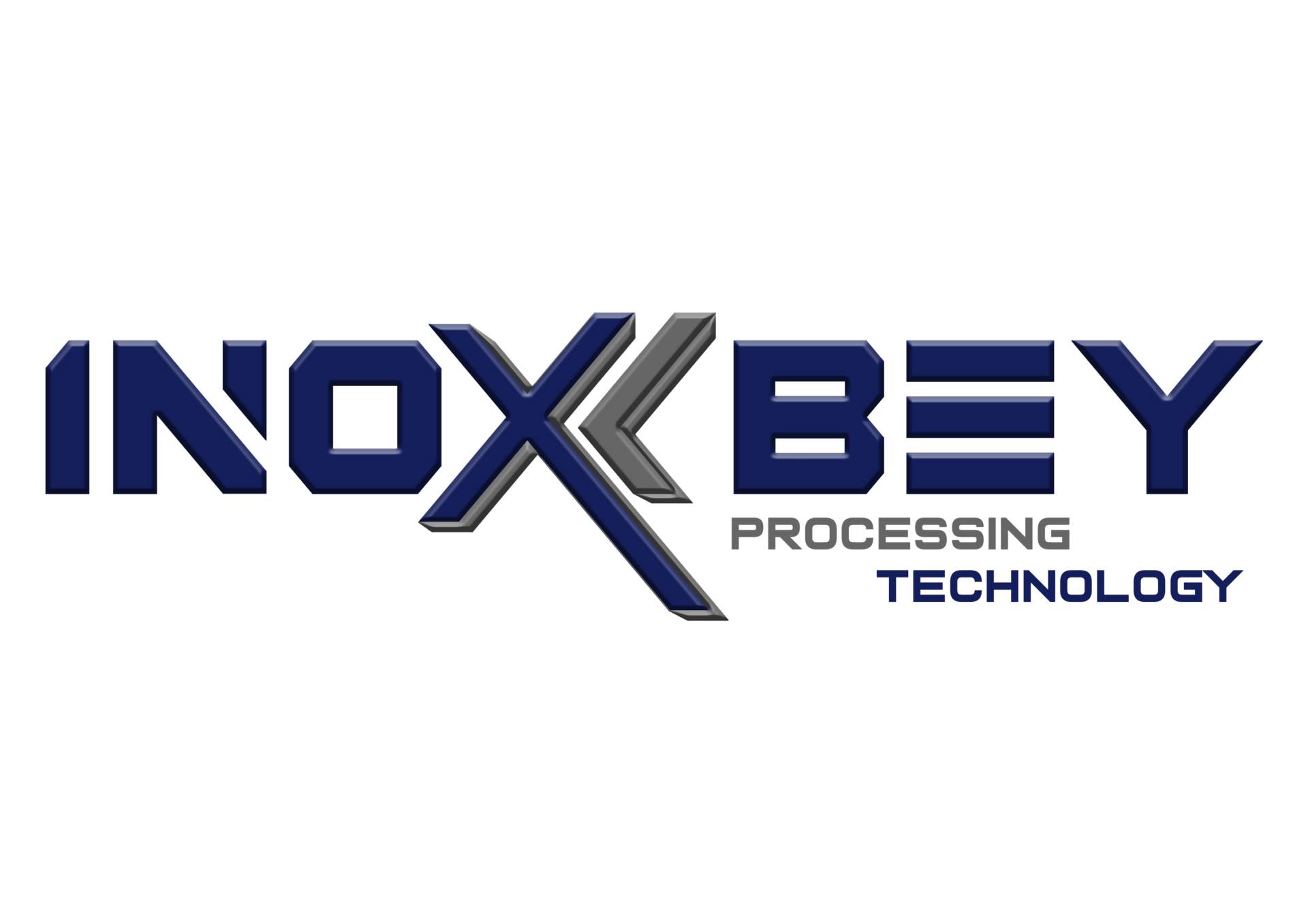
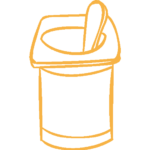



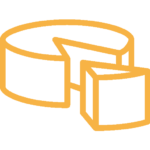

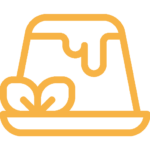





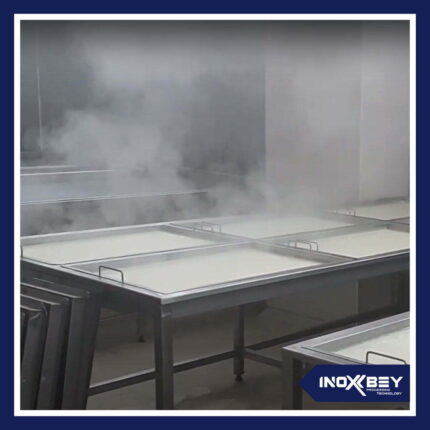
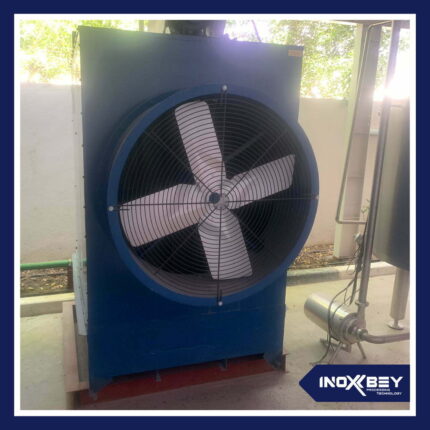
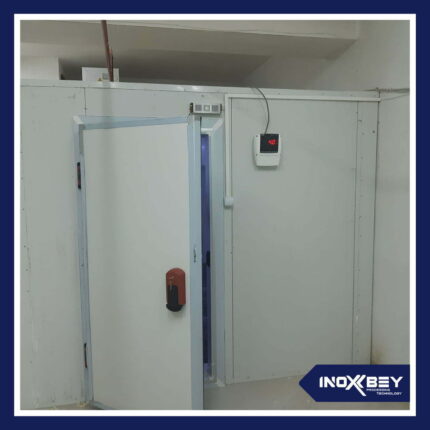

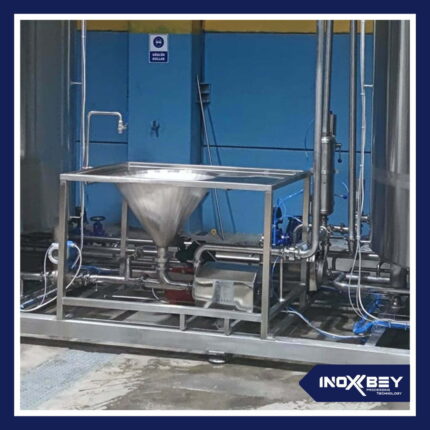
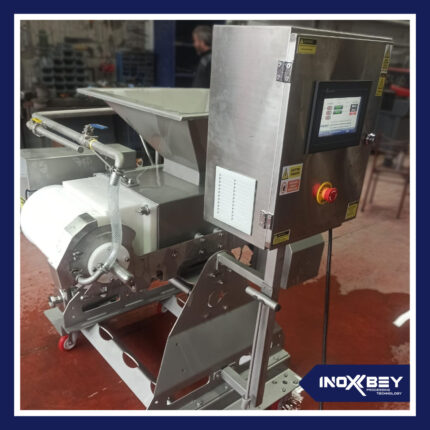
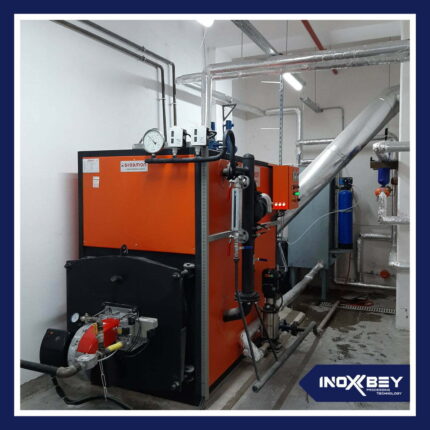
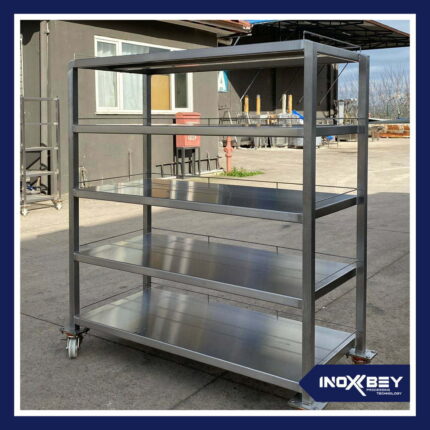
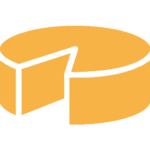
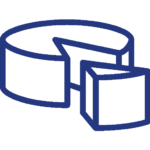 Kashkaval Cheese Unit
Kashkaval Cheese Unit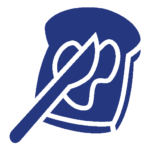 Butter and Cream unit
Butter and Cream unit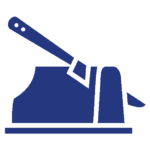 Whey Cheese Unit
Whey Cheese Unit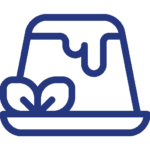 Halloumi Cheese Unit
Halloumi Cheese Unit White Cheese Unit
White Cheese Unit Mozzarella Cheese Unit
Mozzarella Cheese Unit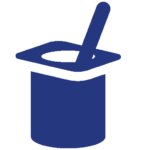
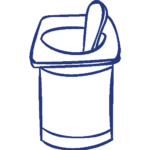 Yogurt and Ayran Unit
Yogurt and Ayran Unit